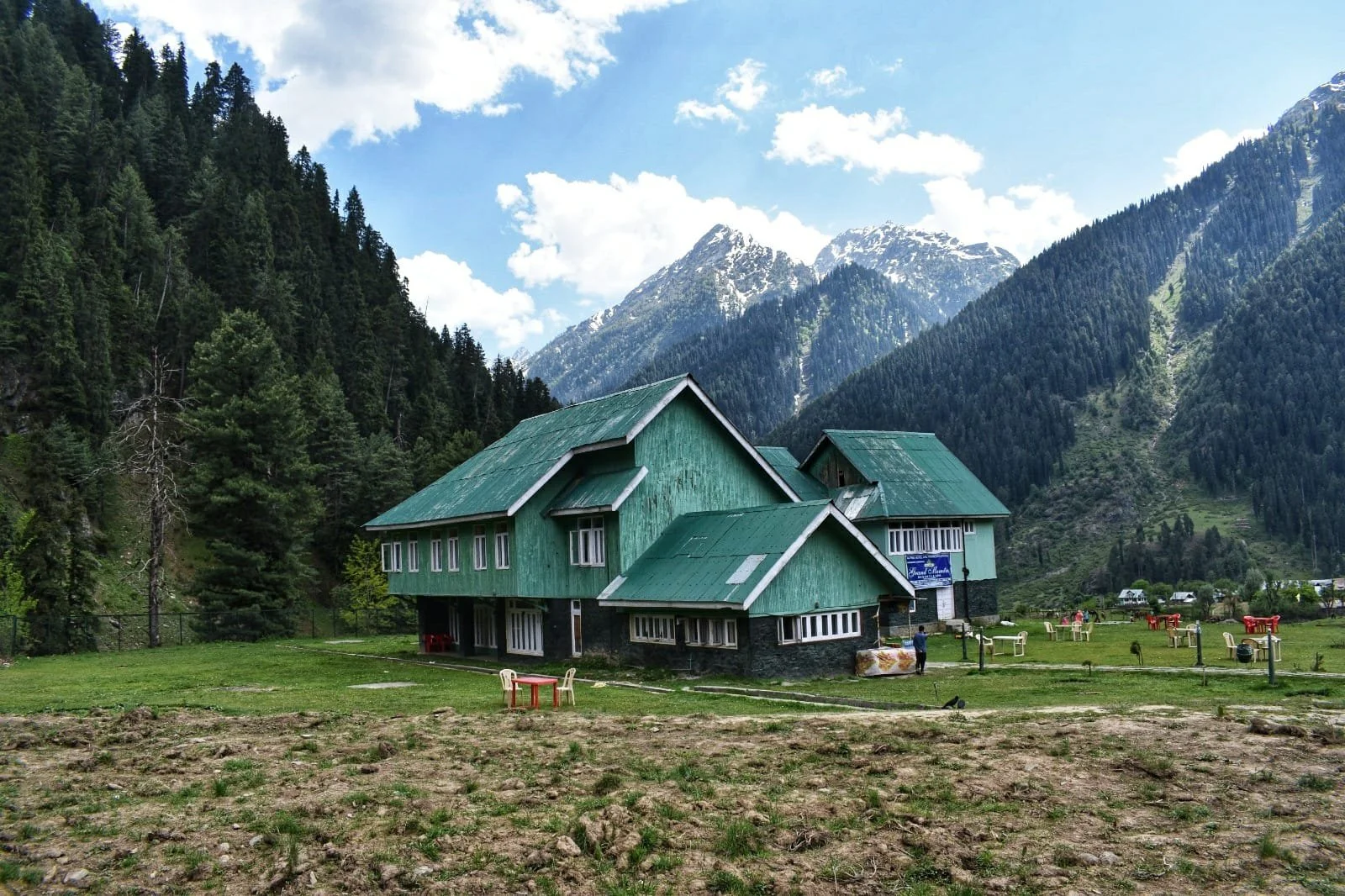Media Diversity
By Vidita Sharma
The director of Media Diversity Australia has urged mainstream newsrooms to run networking and mentoring events to support young journalists from culturally diverse backgrounds entering the field.
Antoinette Lattouf said the journalists from cultural backgrounds stepping into the media industry, find it difficult to turn to someone in challenging circumstances as their peers and managers lack diversity as well.
“Sometimes culturally diverse journalists don't even apply for certain roles at certain organisations because there is barely diversity at those organisations, and they don't feel that they would even get a look in,” Ms Lattouf said.
Ms Lattouf said having people from diverse cultures bring their personal experiences, contacts, and their length to a story has had positive impact on the audience.
“We need more culturally diverse people advocating stories and bringing deeper perspective, different experiences and unique story ideas to the newsroom tables,” she said.
Ms Lattouf encourages all journalists covering good nuance reporting on culturally diverse communities to be acknowledged and rewarded.
“Too often it's very divisive reporting lacking nuance, and that is really detrimental to social cohesion and acceptance of our very multicultural nation,” she said.
According to findings in the report, Who Gets to Tell Australian Stories?, released by Media Diversity Australia 76% of presenters, commentators and reporters on free-to-air networks are Anglo-Celtic despite making up only 58% of the population.
Non-European and Indigenous Australians, who combined form 24% of the population, made up only 11% of free-to-air news personalities.
The National Ethnic and Multicultural Broadcasters’ Council chief executive officer Russell Anderson calls for institutional change in the mainstream media by giving a voice to the ethnic and culturally diverse communities.
“Once we start to change the media representation and management within mainstream media, then we will get to tell a different story.
“We get people with their lived experiences, sharing different bits of information which will help us look at different aspects of reporting, representing people of colour,” Mr Anderson said.
He said the growth of diversity in media coverage has an impact in a nuanced way of creating social cohesion as it is an encouraging process that empowers different communities to feel more connected.
“We've got a lot of challenges in the mainstream journalism and we have been working a lot to try and get people of colour represented within the media, and will continue to do that over the many years to come,” he said.
